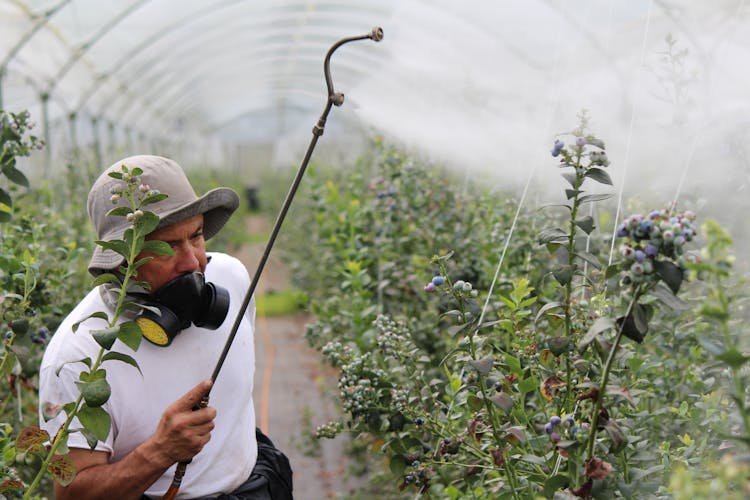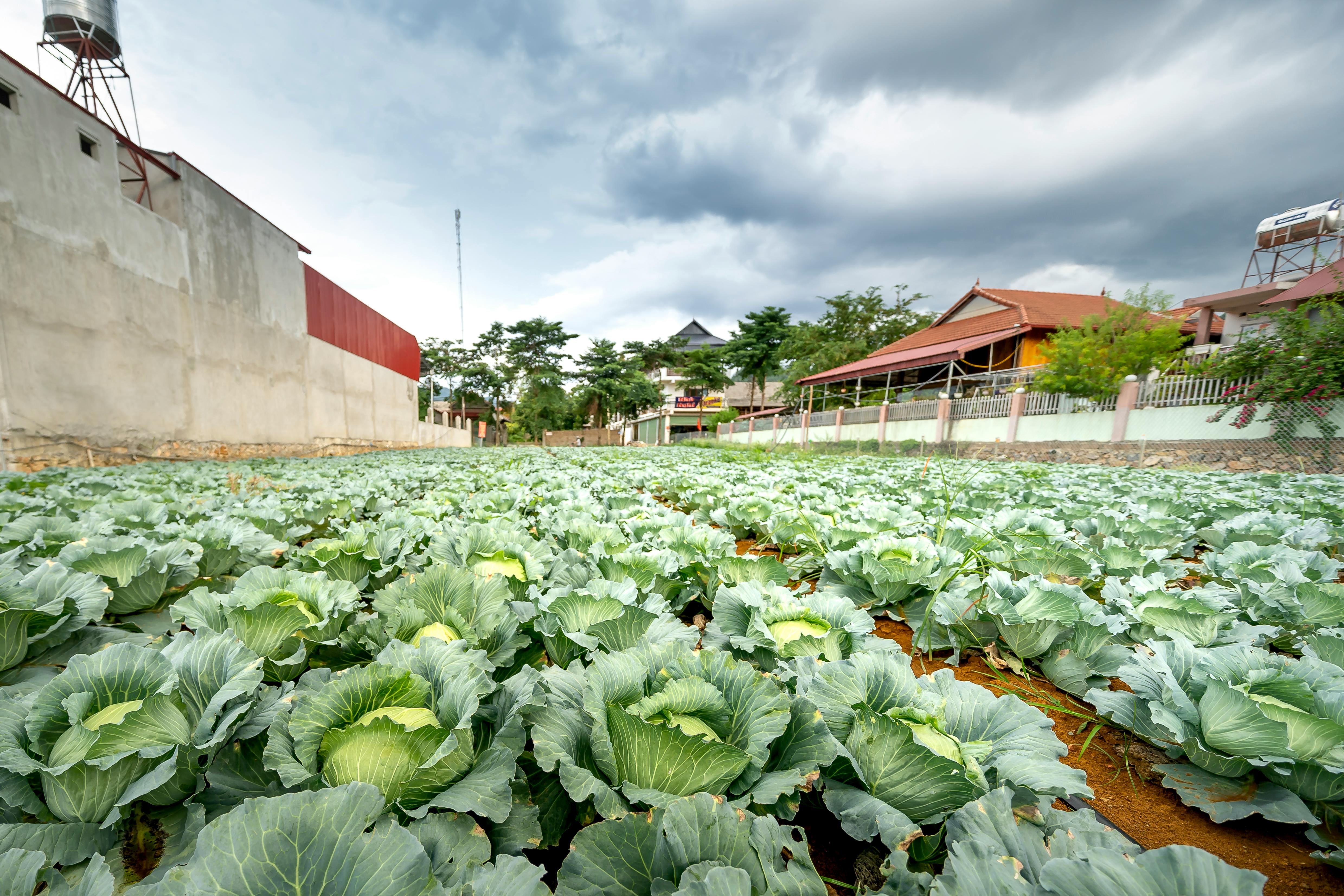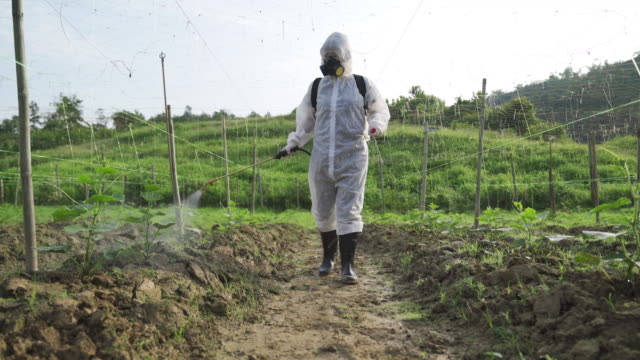All Categories
Featured
Table of Contents

Pesticides, formulated to eliminate crop-threatening species, often reach far beyond their intended targets. The consequences for biodiversity and ecosystem health can be profound and far-reaching.
Research into the consequences of agricultural chemicals on ecosystems has consistently shown adverse effects. A range of species from bees to amphibians to birds have all been affected, with issues ranging from habitat disruption to physiological impairments.
One of the most concerning phenomena linked to pesticide exposure is the decline in bee populations. Bees, crucial for pollination and thus global food production, have been showing up in fewer numbers, with their ability to return to their hives compromised. This decline not only threatens agricultural output but also the natural processes that maintain biodiversity.

How Pesticides Threaten the Survival of Wildlife
The toxic effects of pesticides can be direct or indirect, leading to mortality or persisting health complications. For example, insecticides meant to target pests like locusts and mosquitoes can also kill non-target insects such as butterflies and dragonflies, disrupting ecological balance.

Aquatic systems are particularly vulnerable. Chemical sprays can drift and settle into bodies of water, affecting fish, amphibians, and the invertebrates that form the foundation of aquatic food webs. Learn About Pesticide Impacts on Stream Fauna - $46.30
Amphibians, whose permeable skin makes them particularly sensitive to pollutants, suffer significantly from pesticide exposure. Studies indicate that exposure to even low levels of pesticides in water can lead to anomalies, reproductive issues, and immune deficiencies in these species.
Economic Considerations Linked to Pesticide Use and Wildlife Health
The economic implications of pesticide use reach further than just the expense involved in their deployment. Pesticide Impact on Wildlife Populations Loss of crucial pollinators like bees can lead to reduced crop yields, affecting food prices and supply stability.
Furthermore, wildlife tourism, which generates significant income for many regions, can be harmed economically by declines in wildlife populations caused by pesticide use. Areas renowned for their natural beauty and diverse species may see a decrease in tourist numbers if the local wildlife is decimated.

Adopting Organic Practices to Safeguard Biodiversity
Switching to organic farming practices represents a viable solution to the destructive consequences of synthetic pesticides. Organic systems, which eschew synthetic chemicals in favor of natural alternatives, help to maintain ecological balance and enhance the resilience of natural species.
Moreover, organic farming enhances soil health and increases its water retention capabilities, which not only supports diverse below-ground biota but also promotes healthier plant growth. These improvements in habitat quality directly contribute to the wellbeing of wildlife.
By reducing the dependency on harmful pesticides, organic farming can promote a sustainable agricultural system that is beneficial for wildlife. Such practices not only alleviate the adverse effects associated with traditional agriculture but also promote general ecological health.
Latest Posts
Fluoride in Drinking Water: A Comprehensive Guide
Lightning-Fast Performance for WordPress Sites
Unlocking the Power of Sound: A Guide to Healing Techniques